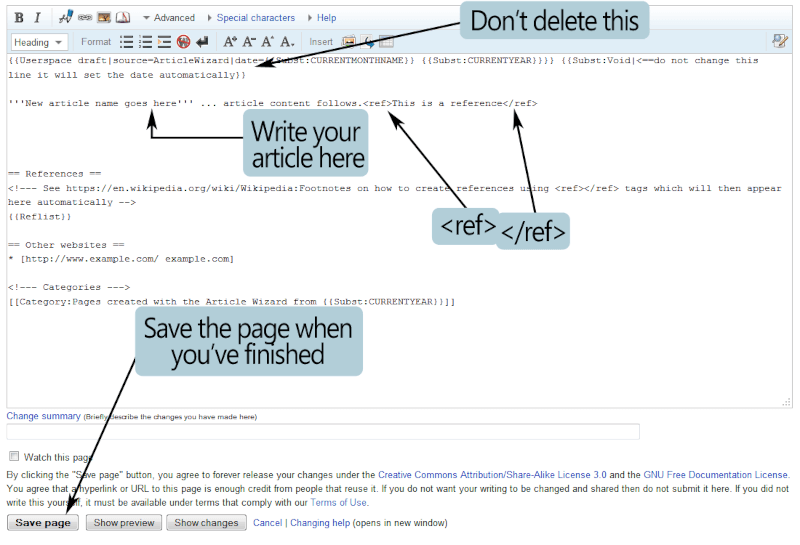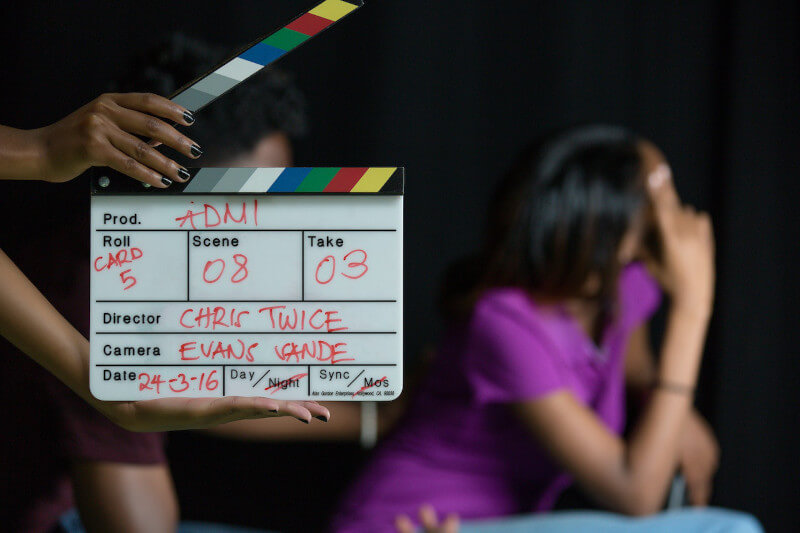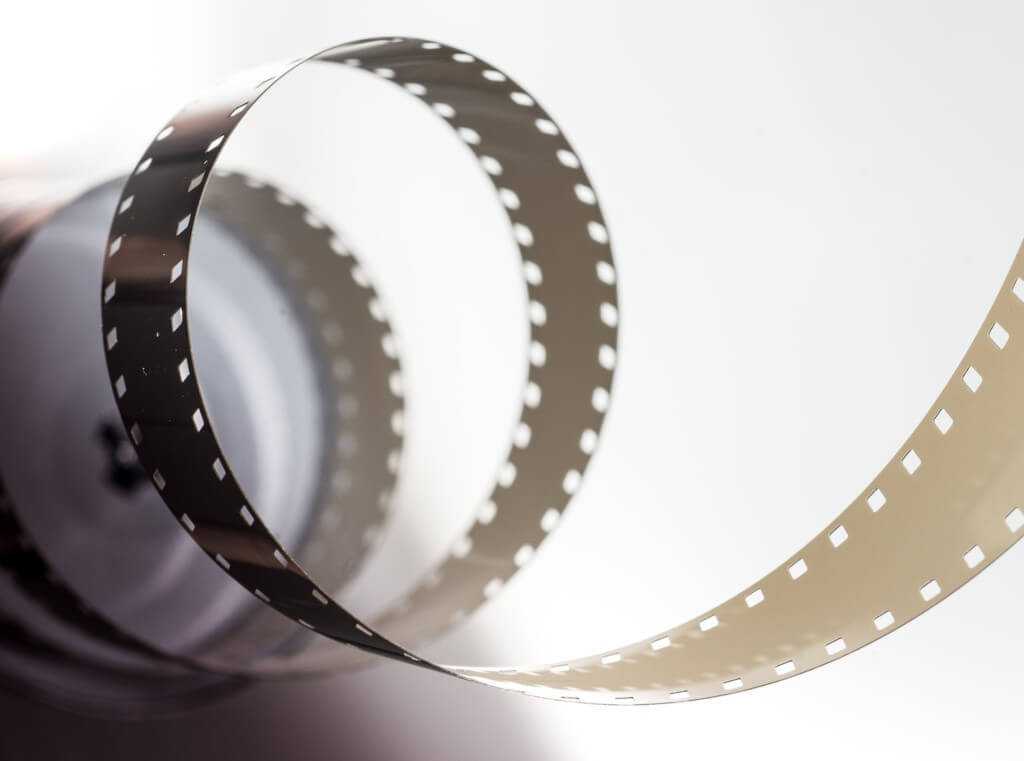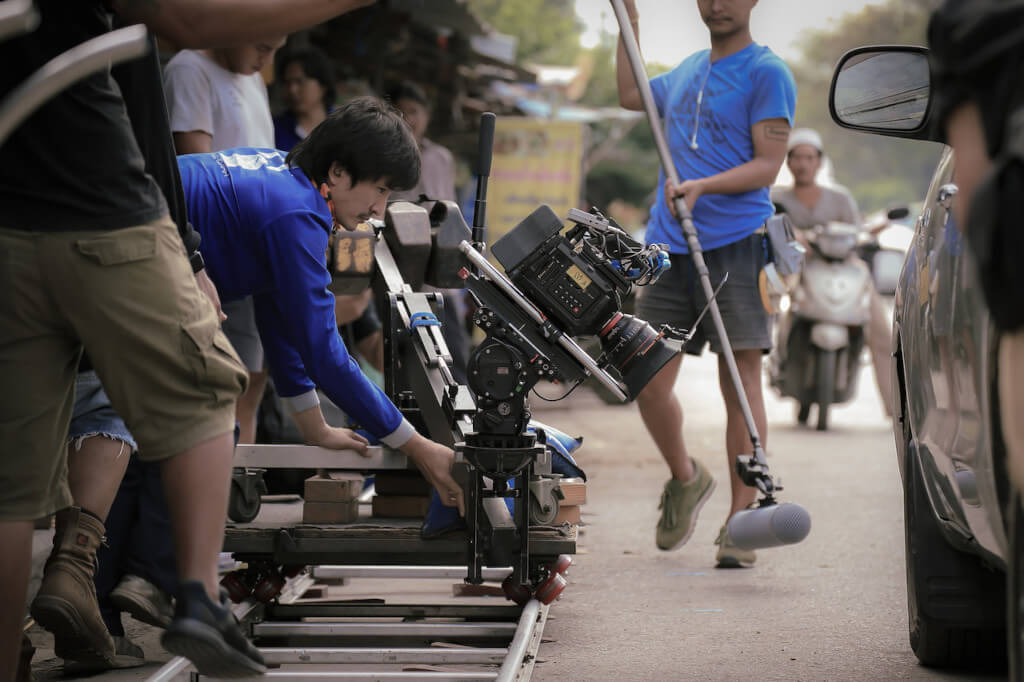You have been given a position on a project in which you are responsible for developing a shooting schedule; congratulations, you have found the appropriate location! There are a lot of moving parts that go into making one, and if it’s not done correctly, it might lead to a catastrophe during production. Therefore, let’s try to avoid that. We are going to explain the steps involved in creating a film schedule so that you can confidently plan the days you will be shooting.
What Exactly Does the Shooting Schedule Entail?
A shooting schedule, which may also be referred to as a film production schedule, is a document that defines the sequences that will be shot on each day of production for a given project. It also covers any breaks that may occur during production, such as those taken for lunch or transportation to another site, as well as the time spent wrapping up each day of filming.
Another phrase that is frequently used in conjunction with shooting schedules is a stripboard. It was created with cardboard strips of varying colors that were used to symbolize the many sequences that were to be shot in a single day. This method is also known as a film production board. Although digital documents have mostly taken the place of paper strips, the nomenclature associated with stripboard has not changed. To sum things up, the stripboard is the primary component that constitutes a shooting calendar.
A film schedule is the single most significant document that is utilized for production. This is because it lays out the framework for what has to be completed on each shooting day and who is necessary to accomplish those needs.
Who is in Charge of Putting Together the Shooting Schedule?
The shooting schedule is devised by the first assistant director. If it is a large enough production to warrant the hiring of a second assistant director as a member of the crew, that individual will work alongside the first assistant director to create the schedule. The input of people involved in the production, such as the producers, director, director of photography, production manager, and location manager, is often sought after.
A seasoned 1st AD will frequently ask the heads of various departments, such as the key makeup artist or costume designer, for their insights or if they have overlooked any needs or constraints of those departments. Examples of such department heads include the key makeup artist and the costume designer. For instance, a scene that requires an actor who needs several hours of makeup may necessitate filming it later in the day so that the makeup team has time to perform their magic. This allows for more flexibility in the schedule.
When is the Best Time to Draft Up a Shooting Schedule?

It is the responsibility of a well-oiled production crew to ensure that the initial filming schedule is finished before anyone steps onto the set. This means that it must be created during the pre-production phase of the project.
However, this does not imply that the filming schedule is set in stone! The 1st AD is responsible for ensuring that they are always well-prepared for any complications that may arise during principal photography and necessitate a change to the shooting schedule.
Examples include inclement weather that hinders filming an outside scene or a cast member getting sick and needing their sequences moved up because of scheduling conflicts. In light of all of this, it is extremely usual to be required to make last-minute adjustments to a shooting schedule. But having a well-thought-out and thorough film plan ready to go before primary photography begins can help to eliminate as many avoidable problems as possible once the camera starts rolling.
The Order of the Events in a Shooting Schedule Must be Determined
It’s time to get serious about learning how to create a film production schedule, so let’s get started. Following this, we will move on to discussing how to organize a shooting calendar after taking into account all of the different factors that could change the order in which the events occur. Even though the shooting schedule will originally be established in chronological sequence, it will almost probably be necessary to reorganize it to fit any needs to accommodate the following parts.
Check to See Whether the Actors and Staff Are Available
You may come into availability issues that will force you to make adjustments to your production schedule. These challenges could be caused by the length of time you expect to spend filming or the high demand for a specific cast or crew member.
Talk to all of the important people as early on in the process as you can about their availability for the days that you intend to shoot. You should keep your fingers crossed that there won’t be any scheduling conflicts, but it’s always better to be safe and find out as soon as possible so that you can modify the order of your film schedule accordingly.
Establish All Scene Needs
- Even though not all of the elements listed below will be included in the schedule, the 1st AD should nonetheless make side notes regarding the following things because they could affect the sequence in which filming takes place:
- Location
- Set design
- Props
- Cast
- Costumes
- Makeup
- Stunts
For illustration’s sake, let’s imagine that a certain scenario calls for a costume that’s quite intricate, yet the getup in question won’t be ready until a certain day. Although the costume wouldn’t necessarily be mentioned in the film schedule, the information would certainly influence the ordering of the scene that was being shot in some way.
Find All of the Potential Shooting Locations

Even after you have recorded all of the locations, there are still some choices to be made. This may sound like it is repeating itself, but it is true. A production schedule that runs efficiently and stays within its budgetary constraints requires that location changes be kept to a minimum. This is another reason why it might be good to perform a screenplay read-through where you can hash out how many locations the production needs. This is something that will always affect the schedule as well as the financial bottom line.
Verify the Location
Now that you’ve chosen the locations where you want to shoot your movie, it’s time to check and see if those spots are available. We cannot stress enough how vital it is to check the availability of the place where you want to make a film, whether you are arranging a film shooting schedule for a sound stage or on-location shooting. We cannot overstate the importance of this step. This will be one of the most important factors that determine the timetable for your shoot, and it may even cause you to switch sites.
Confirm That the Leasing or Usage of the Location is Financially Viable
Sometimes the issue with the location is not the availability of the resources; rather, it is the expense of utilizing those resources. If for the sake of argument, your production wants to hire a castle for a certain scene but the rental fee is far higher than your budget, it is best to know this information beforehand so that you may find an alternative. The cost of obtaining filming permits is also a consideration.
Determine the Requirements at Each Time of the Day
You may have made a note in your filming plan indicating whether each scene should be shot during the day or at night, but how will this influence the ordering of the scenes in your filming schedule? It is especially vital to find out what rules might come into play if you’re filming in the middle of the night if you’re renting a site, but this should be done anyway. You also need to take into consideration the requirements of the cast and the staff.
For instance, performers who take part in a night shoot cannot be expected to return to set the following morning for the next shooting day. This is because night shoots typically last much longer than day shoots. When a shooting occurs in the wee hours of the morning or the middle of the night, the crew may be eligible for a premium pay rate.
A night shot may also entail colder temperatures, which may require additional heating, clothing, or other essentials for both the cast and the crew. This is dependent on the location of the night shoot. All of these factors will affect the shooting schedule that you ultimately choose. Other aspects that should be taken into consideration include the time of year during which the shoot will take place and the kind of weather that is typical for that season.
There may be fewer daylight hours available during the winter months in the northern hemisphere. The cast and crew may be subjected to temperatures that are too hot or too cold during outdoor summer shooting. Again, these are factors to take into account, and they will affect the way you plan.
Wrapping Up
The individual who is responsible for setting a shooting schedule has a massive amount of responsibility on their shoulders. However, if you do extensive study on the requirements of the production, create an initial filming schedule, and remain calm when unexpected problems develop at the very last minute, you won’t find it to be as stressful as you had thought. There is the beneficial option of hiring professionals to assist you with your production schedule and more. Click here for more information.




